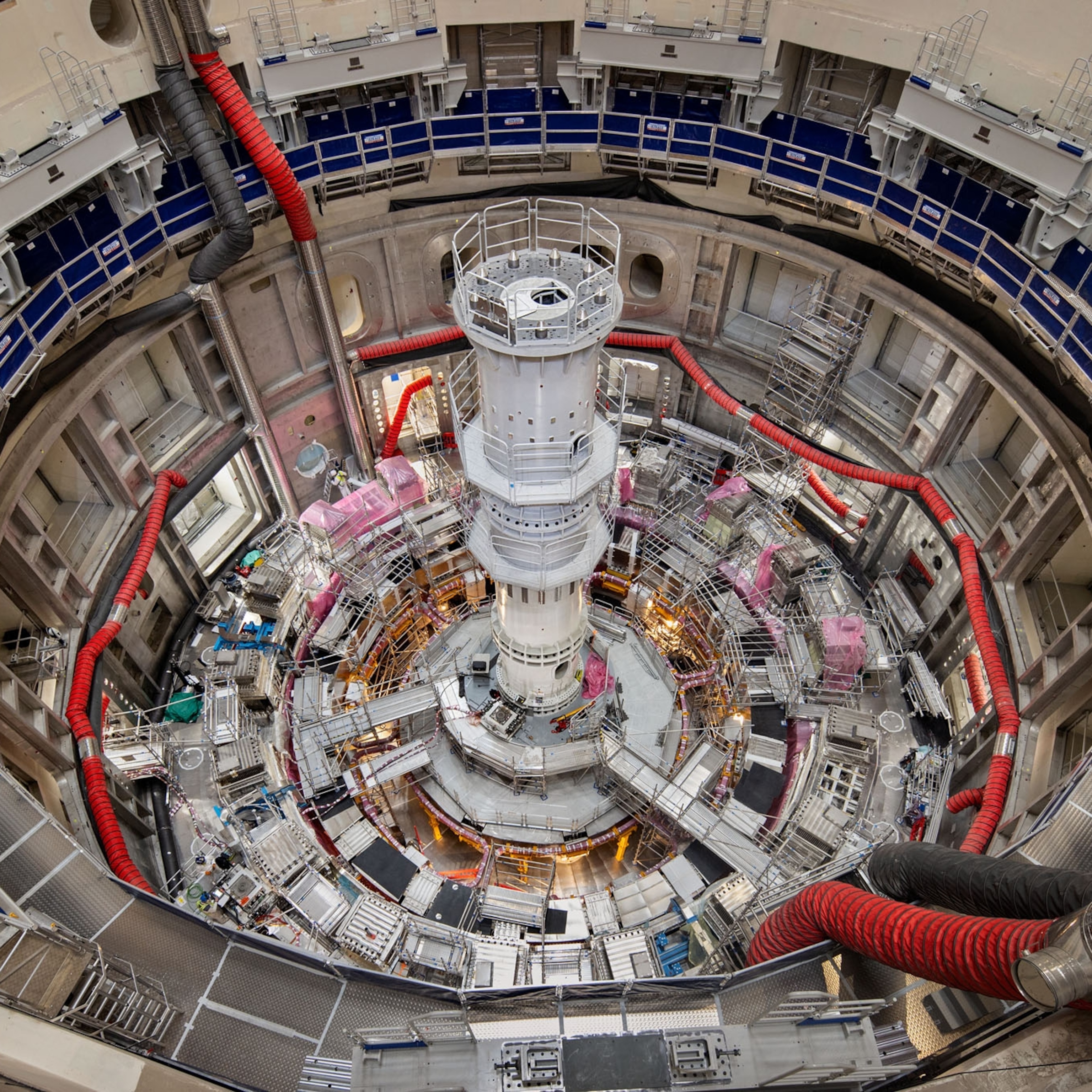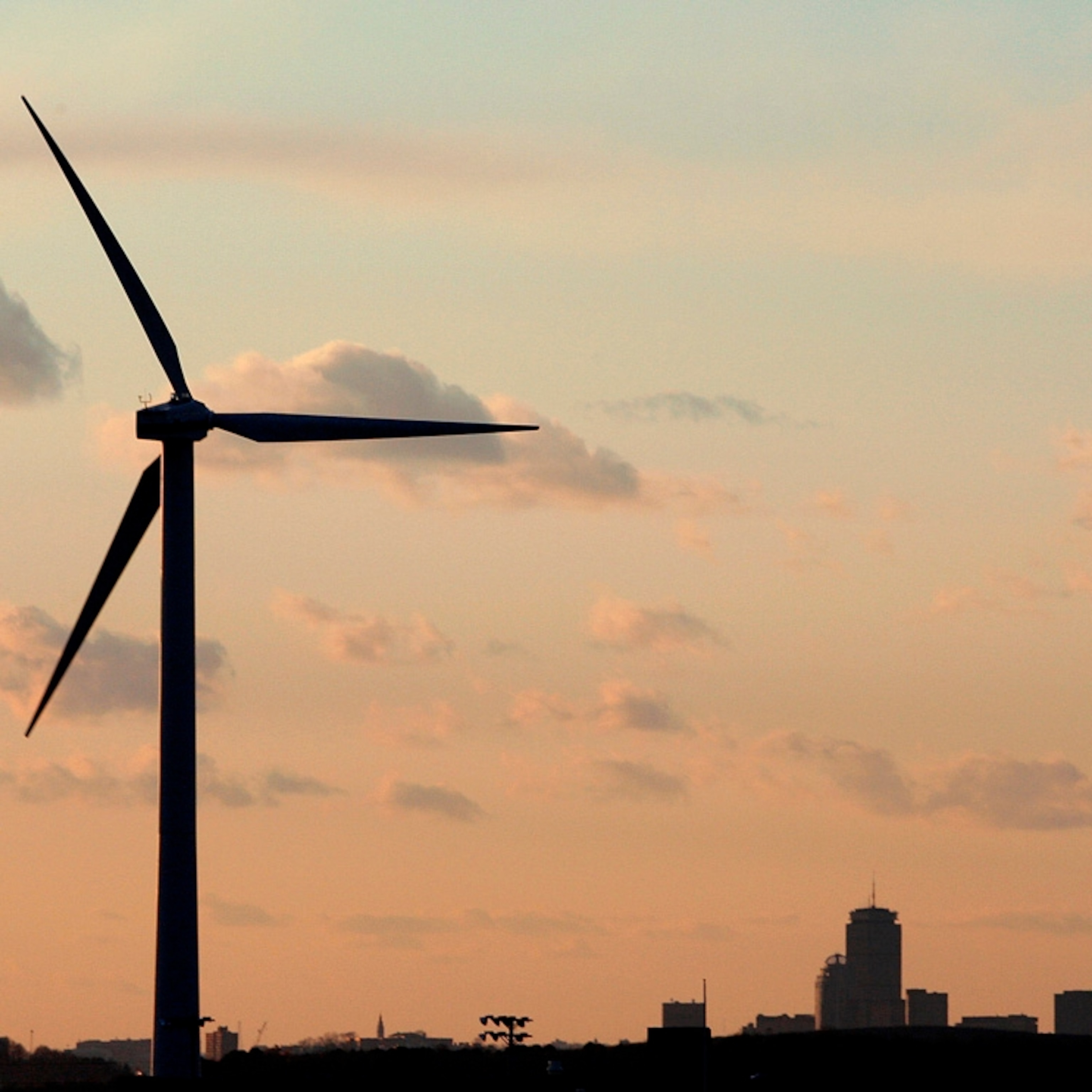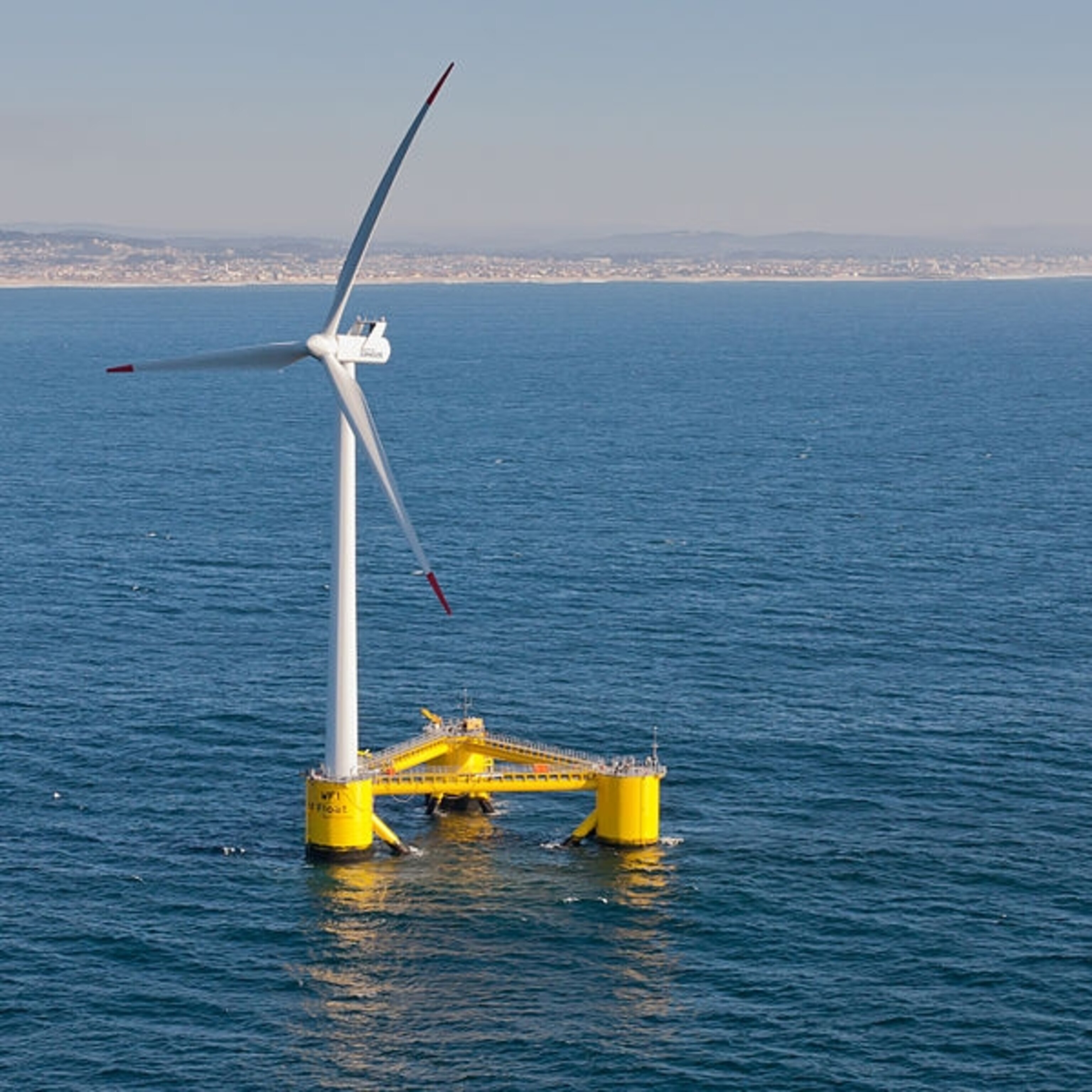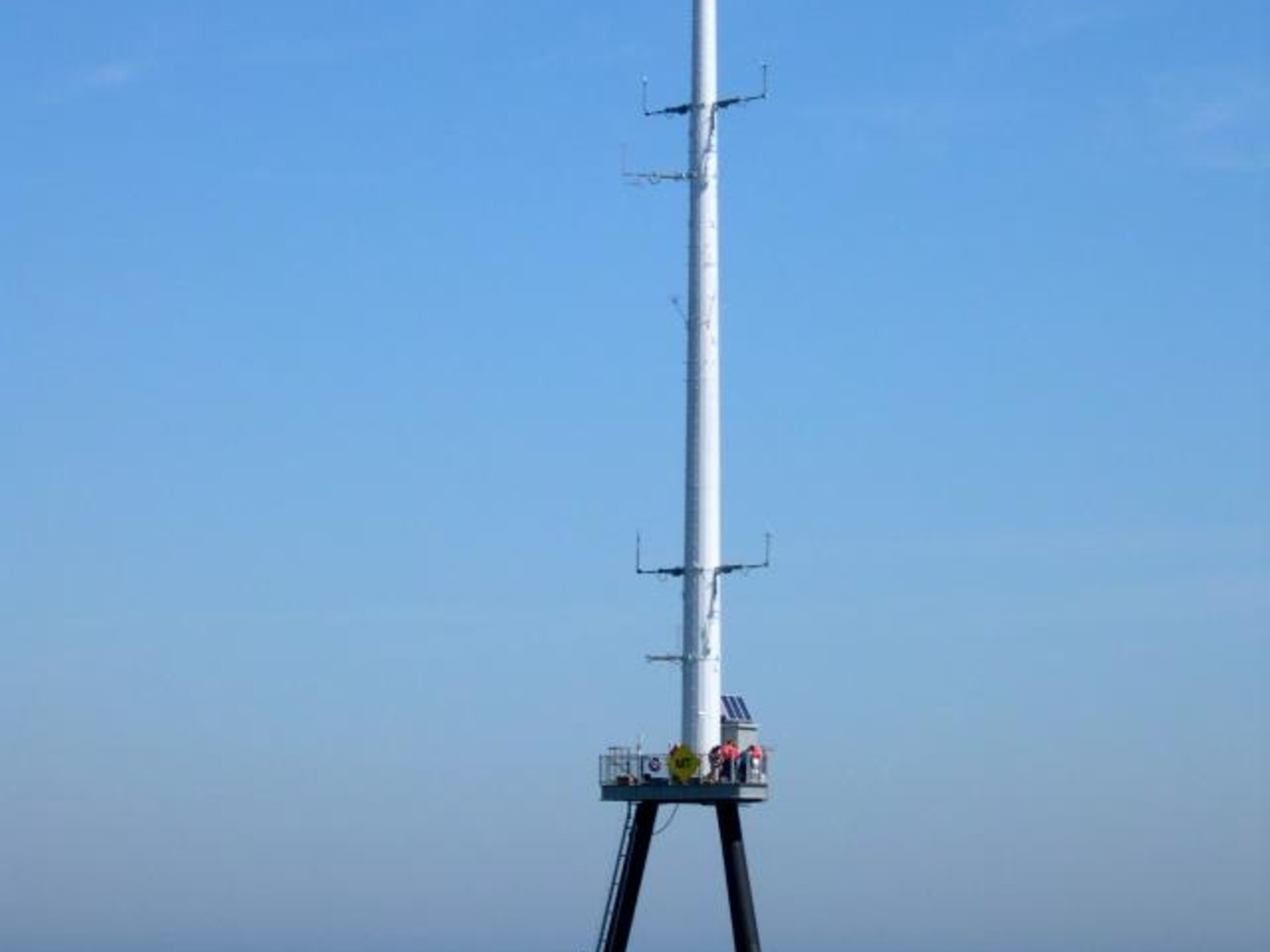
First U.S. Offshore Wind Power Project Approved
Cape Wind a Milestone, But Costs Still Hamper Coastal Renewable Energy
Even with the Obama administration’s approval of the nation’s first offshore wind energy project—the long-disputed Cape Wind farm in Massachusetts’ Nantucket Sound—experts still see one major barrier to harnessing coastal renewable power in the United States.
This time, it’s not Ted Kennedy. It’s the cost.
Primarily because of the need for more robust turbine parts to withstand tough weather conditions and salty water, offshore wind energy costs about twice per kilowatt-hour as inland wind power, numerous analyses show.
The price differential hasn’t been as big an obstacle in Europe, where there are strong government incentives for renewable energy and precious little available land. But the United States has more modest subsidies, no global warming policy and lots of windy land—including on ranches and farms—in the Great Plains. So the vast majority of U.S. wind developers are focused on inland projects, despite the increasing challenge in transmitting that power to places where people live.
(See related story, Texas Pioneers Energy Storage in Giant Battery)
Renewable energy proponents hope the Cape Wind farm, in a windy location with calm waters and close to a large population center, will spur a sea change in that thinking. “This will be the first of many projects up and down the Atlantic Coast as we build a new energy future for our country,” Interior Secretary Ken Salazar said Wednesday, in announcing the project’s approval.
Long Battle on the Sound
Salazar traveled to the Massachusetts State House at Beacon Hill in Boston to make the announcement, and Massachusetts Governor Deval Patrick, a Democrat who supports the project, was at his side.
But not all Massachusetts politicians or residents have been enthusiastic about the plan by Cape Wind Associates of Boston to erect 170 wind turbines--each one taller than the Statue of Liberty--in historic Nantucket Sound. The battle over Cape Wind has raged for nine years, with vigorous opposition from local landowners, including the late Senator Edward Kennedy of Massachusetts. Two Indian tribes also have opposed the project, saying the turbines would disturb ancestral burial grounds that were once on dry land but are now under water.
Some of these concerns have been addressed in Salazar’s plan. He has ordered that the project be scaled back to 130 turbines, and is requiring that the developer conduct further marine archaeological surveys to avoid disturbing any sensitive ground. And he said the developer will be required to make the turbines less visible from shore. “I am convinced there is a path forward that honors our responsibility to Nantucket Sound and meets our needs to repower our economy,” Salazar said.
Sierra Club Executive Director Michael Brune called the decision “a huge victory for clean energy,” and expressed hopes that future projects will be reviewed more quickly than this project. “Numerous other projects, billions in investments, and thousands of jobs have effectively been on hold pending this important decision,” he said.
Indeed, there are 12 offshore wind projects proposed in the United States, not only in Massachusetts, but in New Jersey, Rhode Island, Delaware, Ohio, North Carolina and Texas, according to the annual market report by the American Wind Energy Association.
An Inland Focus for Wind
But up to now, the huge growth in U.S. wind energy—capacity has increased at a rate of nearly 30 percent a year from 2002 through 2007—all has occurred inland. And the dozens of new U.S. wind energy projects now under construction also are on land.
That contrasts with Europe, where the European Wind Energy Association in Brussels, Belgium, says that 201 offshore wind turbines were installed last year, and 16 offshore wind farms are under construction. Countries like the United Kingdom, Denmark, and Germany have looked to their waters as a renewable energy frontier since 1991 because there are fewer conflicts with landowners.
“Offshore is perceived to be an easier location to put wind turbines in Europe,” says Walt Musial, principal engineer for the National Renewable Energy Laboratory in Golden, Colorado.
(See related story, Frozen Fish Help Reel in Germany’s Wind Power)
In the United States, the situation is different. Developers see huge land areas ripe for development, with just three states—Montana, North Dakota, and Texas—believed to have enough wind to power the whole nation.
(See related video, Iowa Wind Power)
Thanks to the rapid inland development in the United States and elsewhere, offshore’s total share of the wind market is small despite all those turbines off the European coastline. Offshore farms account for less than 2 percent, or 1,471 megawatts of the 120,800 megawatts of wind-generating capacity in operation globally at the end of 2008, says AWEA.
The primary reason: Offshore wind is pricey. The cost for turbines constructed to stand in seawater is about 10 cents to 23 cents per kilowatt-hour, compared to 5 cents and 12 cents per kilowatt-hour for onshore wind energy, says Willett Kempton, professor of marine policy at the University of Delaware.
But Kempton says that the huge potential of the nearly constant sea winds means that wind energy is a resource that should not be overlooked. A study he led, published earlier this month in the Proceedings of the National Academy of Sciences, concluded that two-thirds of the wind power available off the Northeast coast of the United States would supply all of the electricity needed from Massachusetts to North Carolina. His study analyzed how perceived problems—such as intermittency—could be overcome with interconnection of offshore wind systems and careful turbine placement. “One thing people don’t really get is that this is a rapidly changing technology,” says Kempton. “The costs will go down significantly.”
Daniel Nelson, a spokesman for GE Energy, said in an email that the company, the largest U.S. supplier of wind turbines, believes that offshore development will have a role in the nation’s wind energy picture. But he said an improved permitting process is needed, as well as federal policies more supportive of renewable energy. He singled out for praise the policies of Europe, where both electricity rate structure and climate change policy favor renewables. GE just last month announced plans for a 340 million euro (U.S. $449 million) investment in offshore wind turbine manufacturing and engineering in the United Kingdom, Norway, Sweden and Germany. "With supportive policies like those in the EU, we could significantly increase the size of the US wind industry, both onshore and offshore,” Nelson said.







